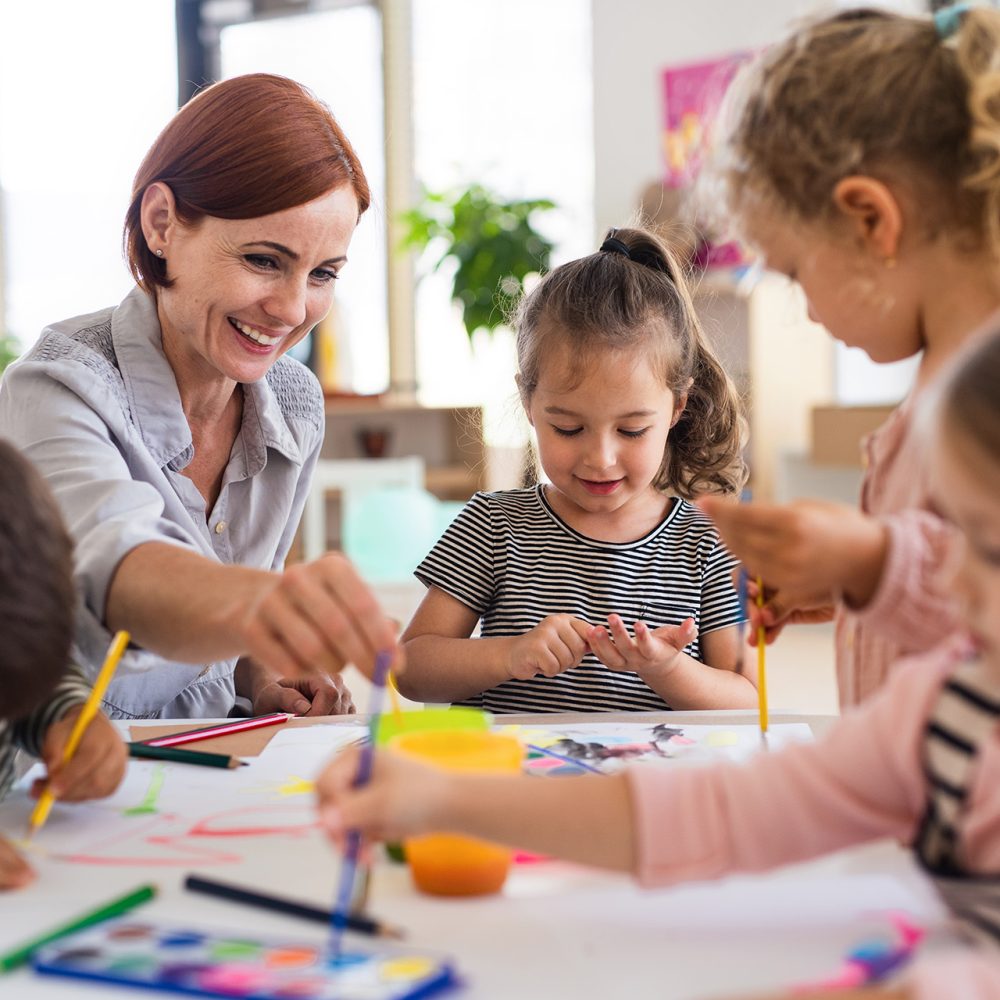The Forge Trust’s policy is to use the Letters and Sounds Framework to plan for phonics. We believe that the Letters and Sounds document, published in 2007, describes ‘effective teaching and learning’.
Phonics at The Forge Trust is based on the key principle of effective teaching and learning. It provides a flexible model that gives teachers opportunities to plan and resource lessons matched to children’s learning needs and current interests whilst also ensuring all children are exposed to age-related teaching content.
We have a clear structure for teaching and learning that provides frequent opportunities for practise and consolidation alongside new learning and acknowledges the importance of building on proficiency with reading to become accurate at spelling.
